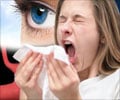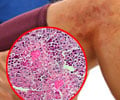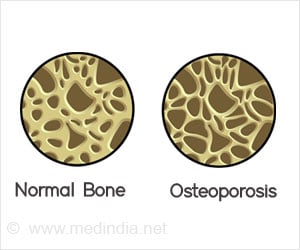Low-income African-American high school students with asthma who participated in a specially-designed, web-based disease management program reported fewer days…
Low-income African-American high school students with asthma who participated in a specially-designed, web-based disease management program reported fewer days and nights with symptoms, fewer school days missed, fewer days of restricted activity, and less hospitalization for asthma during a 12-month follow-up period, as compared to non-participating asthmatic students.
Christine L. M. Joseph, M.P.H, Ph.D., Senior Staff Epidemiologist for the Henry Ford Health System in Detroit, and 10 associates studied 314 mostly black students at six high schools in Detroit. Of the group, 162 students took part in four tailored web-based asthma intervention educational sessions. By contrast, a control group of 152 students had access to generic asthma websites.The web-based program, which the researchers call “Puff City,” tried to teach the teenagers positive behaviors to help them better manage their asthma. It focused on three core behaviors: controller medication adherence, rescue inhaler availability and smoking cessation or reduction.
“To our knowledge, our program is the first tailored, web-based multimedia asthma program for urban high school students evaluated in a non-clinic community setting,” said Dr. Joseph. “Results suggest that, for students in the treatment arm, functional status was significantly improved and the state of being diseased was significantly reduced when compared with a control group with access to generic asthma education websites.”
During the study, the treatment group reported slightly less than one night of symptoms every two weeks, as contrasted with the control group, which reported 1.5 symptom nights. The treatment group missed less than half a school day every 30 days, while the control group missed 1.2 school days. Likewise, the treatment group experienced 1.3 days of restrictive activity every two weeks, in contrast to the control group at 2.3.
According to the authors, the need for such an educational program is evidenced by the growing rate of asthma in African-Americans between the ages of 15 to 24. From 1997 to 2001, these teenagers developed asthma at a rate 75 percent higher than white people in the same age bracket.
“National guidelines recommend that patient asthma education include information on asthma medication and its mechanism of action, appropriate techniques for using inhalers and spacers, asthma trigger avoidance and plans to respond to asthma symptoms,” said Dr. Joseph. “Asthma education for adolescents should also address depression, unresolved anger at having the disease, denial and fear of being perceived as weak or different.”
Advertisement
More students participated at the three high schools with school-based clinics, than did at the three that did not feature such services (35 versus 23 percent).
Advertisement
Periodically, a risk assessment report was generated based on student responses to certain key questions in the program which indicated a need for assistance. These included a report of possible depression, severe and persistent asthma symptoms, sharing medication with a friend or relative, lack of a physician or health insurance and need for an inhaler.
Source-Eurekalert
SRM/B











